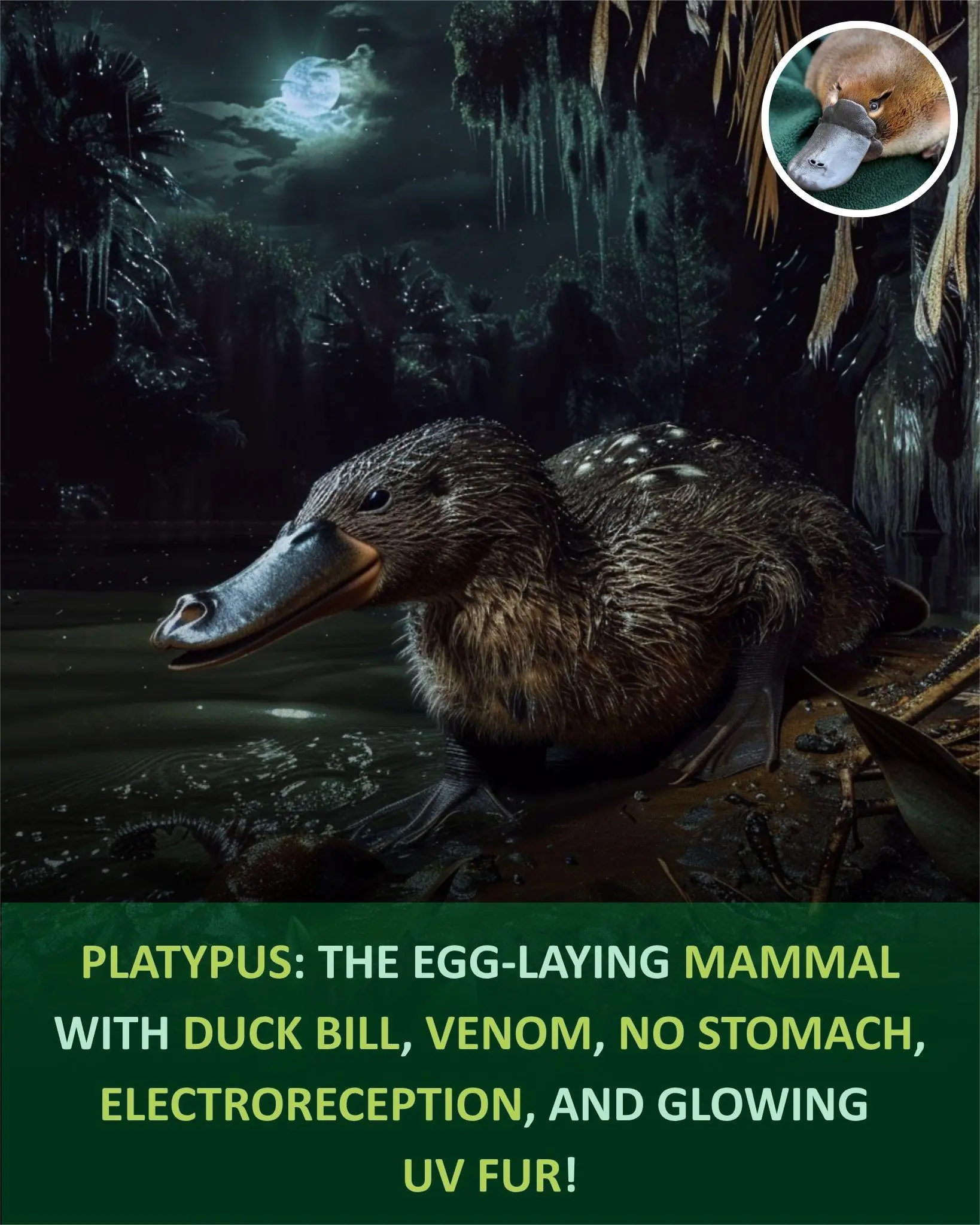
The Platypus: One of Nature’s Strangest and Most Fascinating Mammals
At first glance, the platypus seems almost imaginary — a creature with the bill of a duck, the tail of a beaver, the feet of an otter, and the ability to lay eggs like a reptile. When British scientists first examined a specimen in the late 18th century, some thought it was a taxidermy prank stitched together from different animals. Yet the platypus is real, thriving in the rivers and wetlands of eastern Australia and Tasmania, and it remains one of the most extraordinary mammals on Earth.
An Ancient Lineage That Breaks the Rules
The platypus belongs to a rare group of egg-laying mammals called monotremes, which also includes the echidnas. Unlike placental mammals or marsupials, monotremes lay leathery eggs, a trait inherited from early mammalian ancestors. After hatching, baby platypuses nurse from their mothers, but with a twist — the mother has no nipples. Instead, she secretes milk through pores in the skin, and the young lap it directly from her abdomen.
Fossil evidence suggests that monotremes diverged from other mammals over 160 million years ago, making the platypus a living window into Earth’s distant evolutionary past.
A Body Built for Two Worlds — Land and Water
The platypus is superbly adapted to a semi-aquatic lifestyle. Its dense, waterproof fur traps warm air close to the skin, keeping the animal insulated even in icy streams. Its broad, flat tail stores fat and helps steer while swimming, and its webbed feet act like paddles underwater but can retract to reveal sharp claws for digging on land.
Its most iconic feature — the duck-like bill — is far more than a curious shape. Packed with tens of thousands of electroreceptors and mechanoreceptors, it allows the platypus to detect the faint electric signals and movements produced by worms, insect larvae, and small crustaceans hiding in the riverbed. This extraordinary electroreception means the platypus can hunt with eyes, ears, and nostrils completely closed, gliding through murky water like a biological metal detector.
The Mystery of the Missing Stomach
One of the platypus’s strangest adaptations is internal: it has no true stomach. Unlike most mammals, its esophagus connects directly to its intestine. Scientists believe this loss of a stomach evolved to conserve energy or adapt to its specialized diet, which mostly consists of soft invertebrates that don’t require strong acidic digestion.
A Venomous Mammal — Rare but Real
While mammals are usually harmless to handle, the male platypus is an exception. During the breeding season, spurs on its hind legs can inject venom powerful enough to cause intense pain and swelling in humans. Though not lethal, this venom can incapacitate predators or rival males. Scientists are studying its unique chemical makeup for potential medical applications, including painkillers.
Glowing in the Dark: The UV Secret
In 2020, researchers uncovered a new surprise — platypus fur fluoresces under ultraviolet light, glowing an eerie bluish-green. The reason remains uncertain. Some scientists speculate it could help with camouflage by absorbing UV rays in moonlit environments or may play a role in communication with other platypuses. This discovery reminds us that even familiar animals can still hold hidden secrets.
Quiet Yet Vulnerable
Despite its incredible resilience through millions of years, the platypus faces modern threats. Habitat loss, river pollution, climate change, and droughts are shrinking its range. Because it depends on clean, flowing waterways, any decline in river health directly threatens its survival. Conservation programs in Australia aim to protect riparian zones, control invasive species, and maintain healthy water flows to safeguard this unique species.
Why the Platypus Matters
The platypus isn’t just a curiosity; it’s a crucial part of Australia’s ecosystems. As a top invertebrate predator in freshwater systems, it helps maintain ecological balance. Scientifically, it’s a living puzzle — offering clues about the early evolution of mammals, the origins of venom, and even new possibilities in biotechnology.
But perhaps its greatest significance is symbolic. The platypus reminds us that evolution is creative and unpredictable. It’s a messenger from a time before mammals were fully defined — and a call to protect the diversity that still exists today.
News in the same category


Saudi Arabia Announces Major Gold Discovery Near Mecca, Boosting Mining Ambitions

Nurturing Hearts Before Grades: Japan’s Unique Approach to Early Schooling
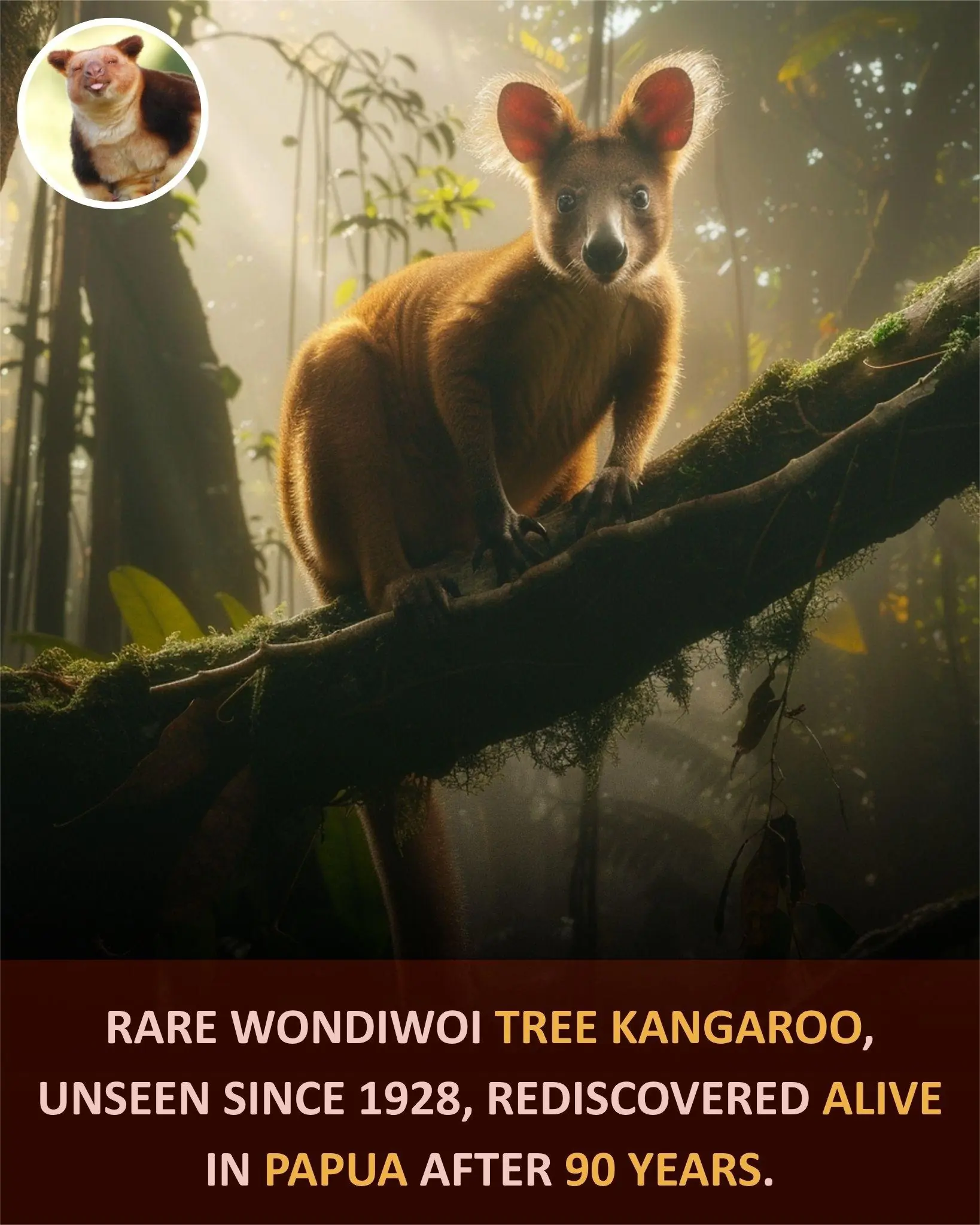
Rare Wondiwoi Tree Kangaroo Seen Again After Nearly a Century

3 types of shirts you should never wear to a funeral

31-Year-Old Man Invited 89-Year-Old Neighbor To Live With Him To Spend Her Last Days In Company

Saudi Arabia Announces Major Gold Discovery in Makkah Region — A Potential New Mining Belt

After 32 Years, Chinese Mother Reunites With Son Kidnapped and Sold as a Toddler

Taylor Swift’s Quiet Act of Kindness: Helping a Pregnant, Homeless Fan Find Stability

Raging anti-ICE protester forgets to put car in park, watches it sink into lake while yelling at agent arresting illegal alien

Babies Who Wake Up Often at Night Might Be Smarter, Expert Suggests

Flight Attendant Reveals the Real Reason Cabin Crew Greet You When You Board — and It’s Not Just Politeness

Mike the Headless Chicken: The Incredible Survival Story That Defied Biology

Chinese Artist Cai Guo-Qiang Realizes 21-Year Dream With Dazzling ‘Sky Ladder’
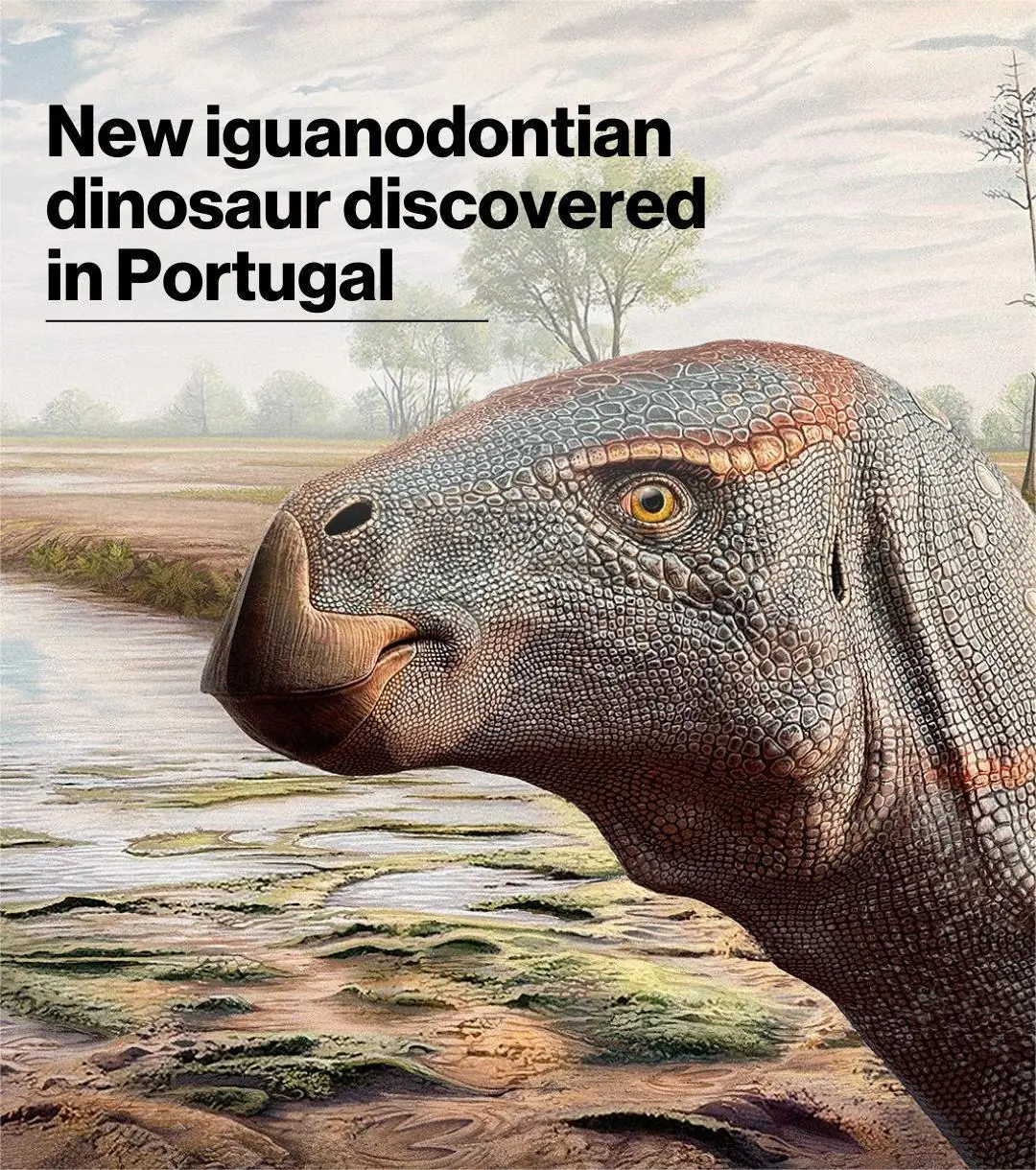
New iguanodontian dinosaur discovered in Portugal

Tina Turner statue unveiled in Tennessee community where she grew up
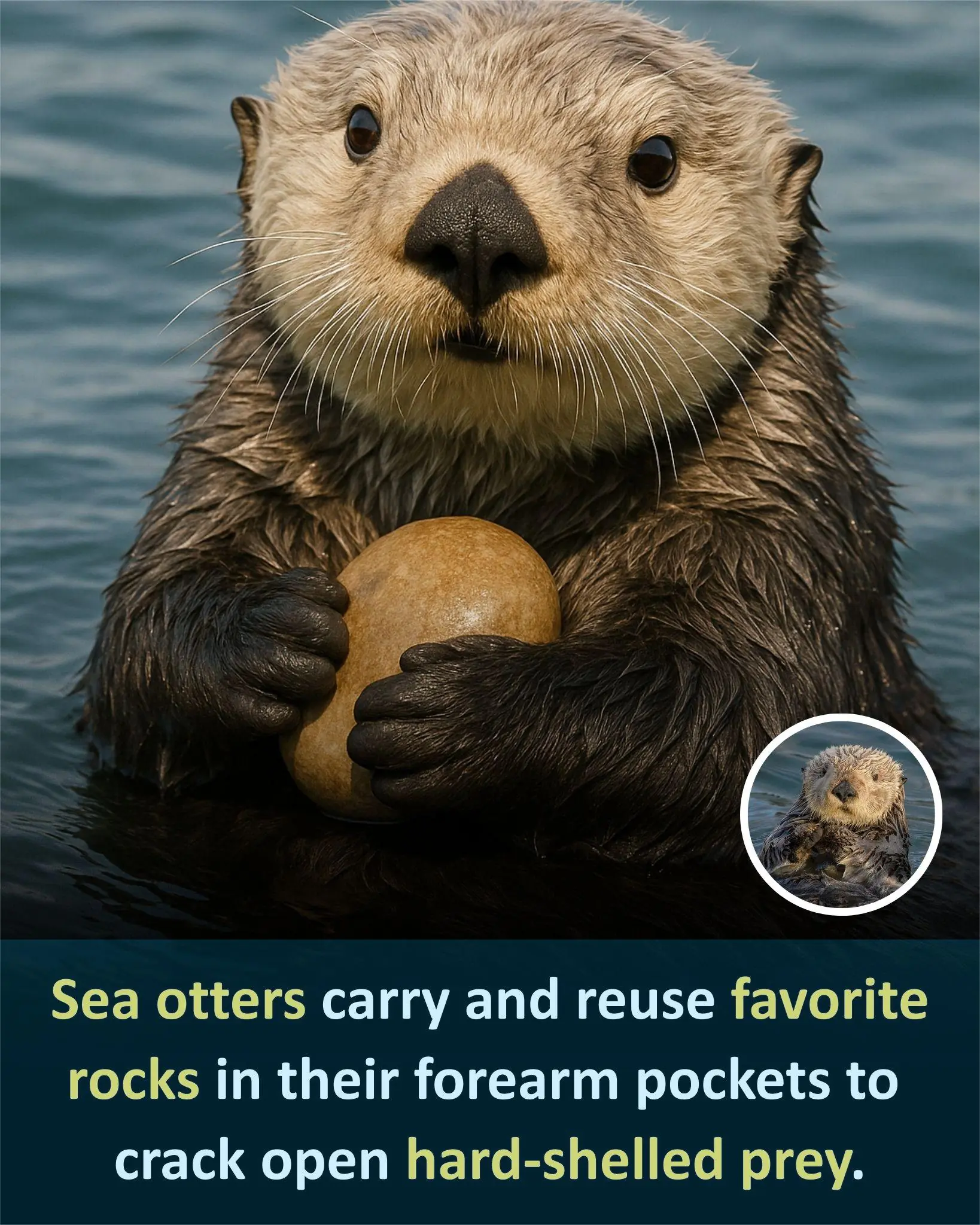
Sea Otters: The Ocean’s Clever Tool-Users With a Pocket Full of Rocks

Dolphins’ Underwater Bubble Rings Reveal Remarkable Intelligence and Playfulness
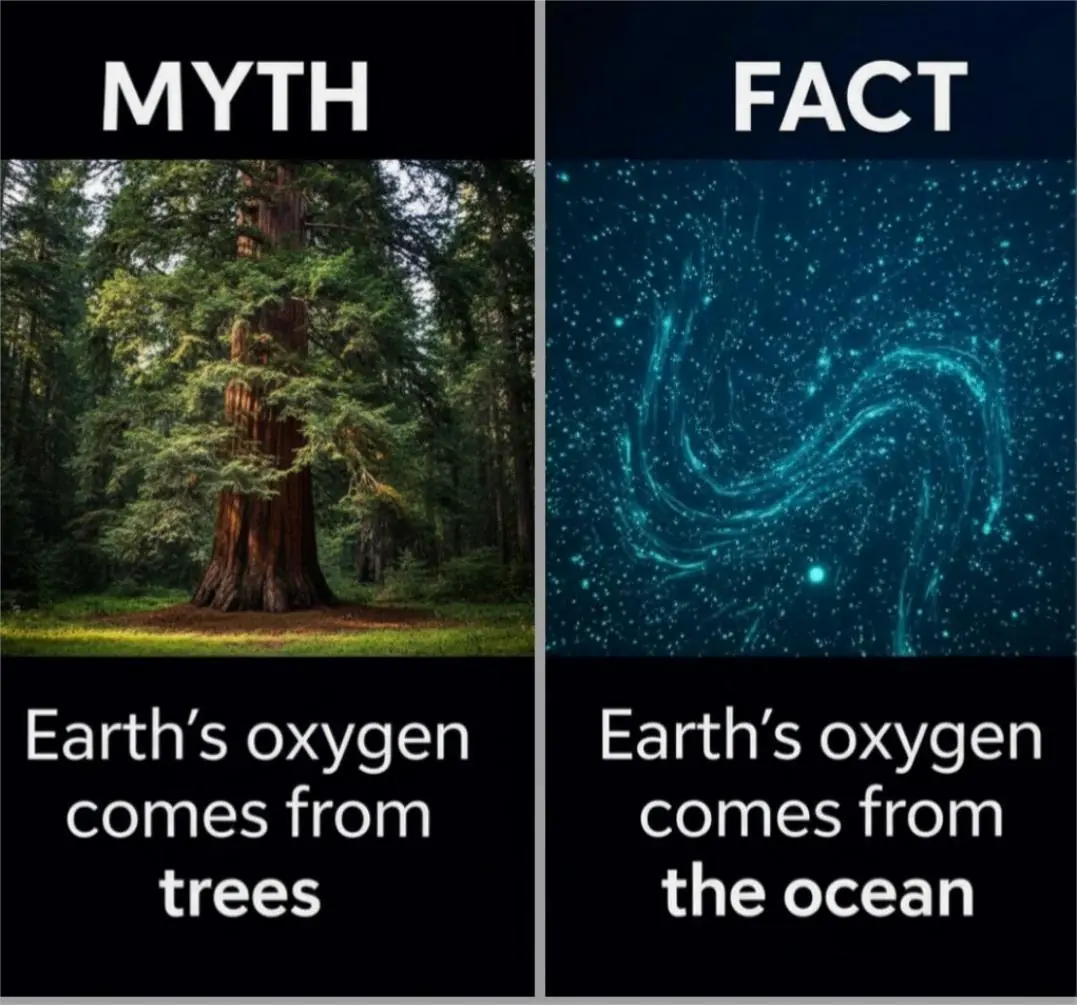
Ozone Layer on Track for Full Recovery by 2050: A Triumph of Global Cooperation
News Post

Unlock Nature’s Secret: The Magic of Mango Leaf Tea with Cloves

Unlock Nature’s Secret: The Magic of Mango Leaf Tea with Cloves

Got a Sore Throat? Try This Tiny Spice That Works Like Nature’s Antibiotic

The Morning Elixir You’ll Wish You Discovered Sooner: Unleash a Hidden Energy Surge with the Banana-Coffee Blend

Powerful Natural Blend for Men Over 40: Regain Your Strength and Vitality

China’s Remarkable Railway Feat: 1,500 Workers Complete Complex Track Project in Just Nine Hours

Saudi Arabia Announces Major Gold Discovery Near Mecca, Boosting Mining Ambitions

Nurturing Hearts Before Grades: Japan’s Unique Approach to Early Schooling

Rare Wondiwoi Tree Kangaroo Seen Again After Nearly a Century

Skin Signs of Kidney Disease: What Your Body Is Telling You

What Your Stool Color Reveals About Your Health

Brown Sugar Pecan Bundt Cake
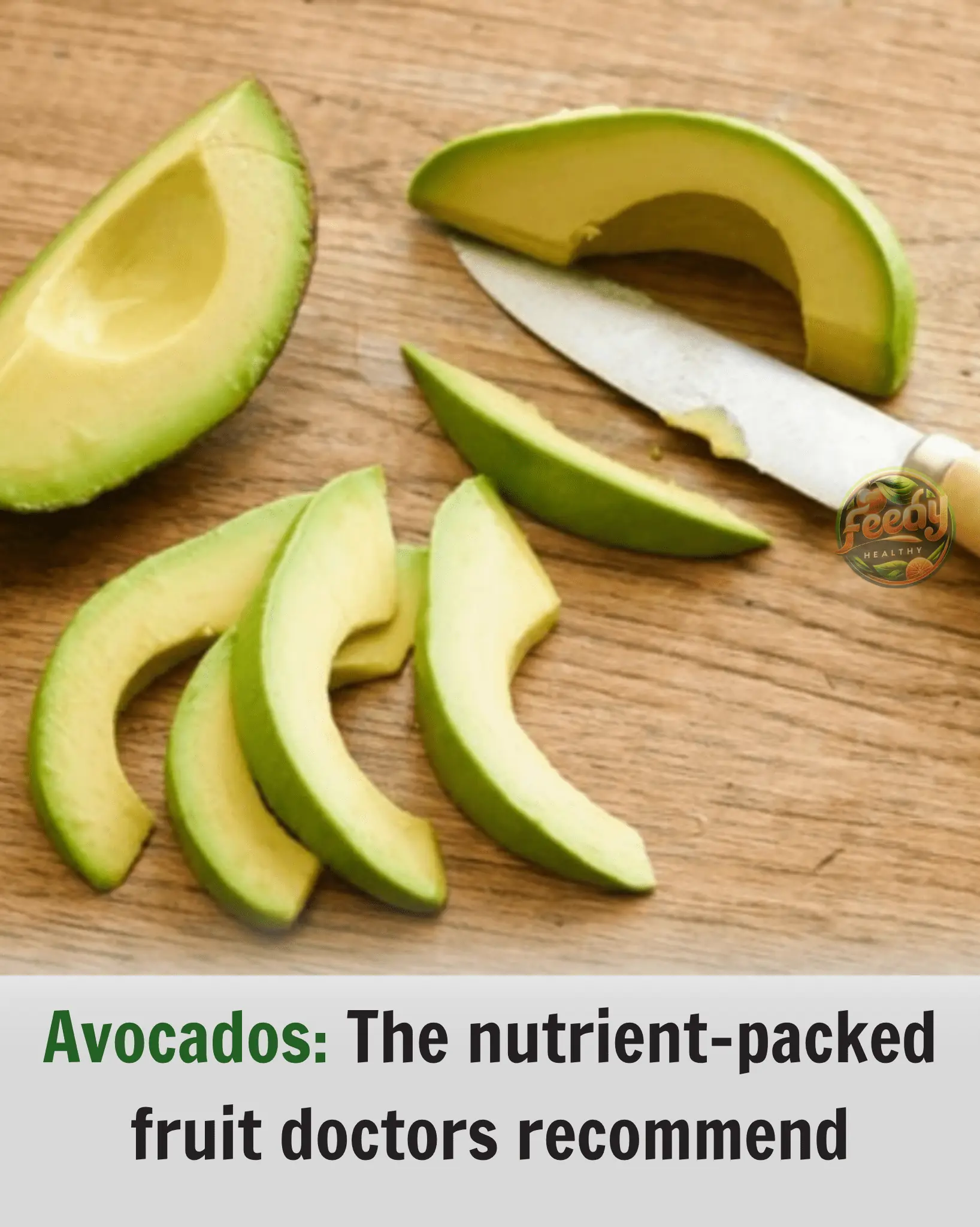
Avocados: The nutrient-packed fruit doctors recommend

Flaxseed Baby Oil Formula: Collagen Oil For Wrinkle Free Skin

3 types of shirts you should never wear to a funeral

Unveil Colgate’s Surprising Secret for Softer Feet

Little boy cries at gate—k9 dog senses something no one else does

The reason dogs often chase people

